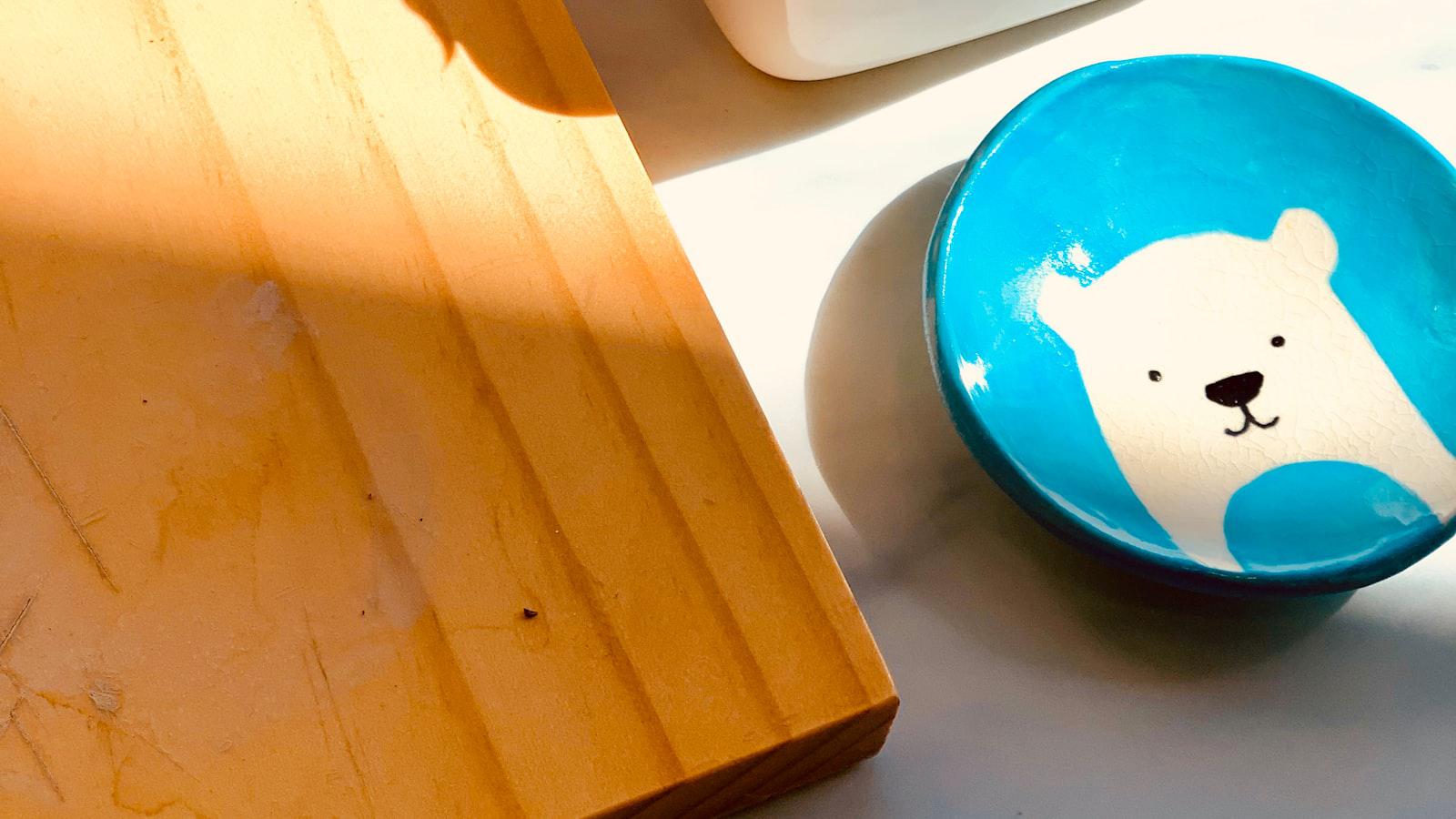An examination of golf putting strategies implemented by researchers at the University of California, Berkeley will be the focus of this article. The study set out to investigate the efficacy of various putting techniques in enhancing the accuracy and distance of the shots. It was discovered that a combination of visual and tactile cues, in addition to a consistent putting routine, resulted in enhanced putting performance. These findings could be valuable to golfers of all skill levels who want to better their putting game.
1. Ideal Alignment and Aiming Methods for Enhanced Precision
To achieve optimal putting accuracy, it is imperative to establish a consistent and effective alignment and aiming method. This involves aligning the putter face squarely with the target line, ensuring that the path of the putter head remains straight throughout the stroke. Additionally, it is essential to incorporate visual cues, such as using an alignment rod or aiming at a specific point on the green, to enhance precision.
Various alignment techniques can be employed to promote accuracy. One method involves using a laser or alignment rod. This device projects a beam or line that indicates the target line, allowing the golfer to align the putter face accordingly. Another approach involves aiming at a specific point on the green, such as the back edge of the hole or a particular blade of grass. By focusing on a specific target, the golfer can establish a clear reference point and improve alignment.
| Alignment Technique | Key Features |
|---|---|
| Alignment rod | Projects a beam or line to indicate the target line |
| Aiming at a specific point on the green | Focuses the golfer on a clear reference point |
2. Achieving Optimal Stroke Mechanics for Consistency and Control
****
Establishing a reliable putting stroke involves mastering the mechanics of the swing. Firstly, grip the putter lightly, distributing the weight evenly between both hands. Position the ball centrally in your stance and ensure a stable head throughout the stroke for consistency. Implement a smooth and deliberate backswing, raising the clubhead to a consistent height each time. Mirror the backswing with the downswing, guiding the clubhead along the same path and accelerating through impact. Finally, maintain a fluid and controlled follow-through, ensuring the clubhead continues towards the target after striking the ball.
Table: Key Stroke Mechanics for Accuracy and Consistency
| Component | Description |
|---|---|
| Grip | Grip the putter lightly with both hands, weight evenly distributed |
| Stance | Position the ball centrally and maintain a stable head |
| Backswing | Smooth and deliberate, raising the clubhead to a consistent height |
| Downswing | Mirrors the backswing, descending along the same path and accelerating through impact |
| Follow-through | Fluid and controlled, continuing towards the target после удара по мячу |
Adhering to these principles enables a repeatable stroke that enhances accuracy and minimizes variability. As you refine your stroke mechanics through consistent practice, muscle memory will reinforce the desired movement patterns, leading to increased putting proficiency and improved scores on the golf course.
3. Enhancing Accuracy through Synergistic Use of Visual and Tactile Cues
****
Aligning one’s putt with precision is a crucial aspect of successful putting. To achieve this, golfers often employ a combination of visual and tactile cues. Visual cues include using a chalk line to create a clear aiming line, while tactile cues involve feeling the slope of the green or the texture of the ball.
Research has shown that incorporating tactile cues into one’s putting routine can significantly improve accuracy. A study conducted at the University of California, Berkeley, revealed that golfers who used a laser pointer and a tactile cue, such as a finger on the ground, to align their putts showed marked improvement in their accuracy compared to those who relied solely on visual cues. This enhancement is attributed to the brain’s ability to process tactile information more quickly than visual information, allowing golfers to adjust their aim more precisely.
Furthermore, combining visual and tactile cues can provide golfers with a more comprehensive understanding of the putting surface. By feeling the slope and texture of the green, golfers can gain valuable insights into the ball’s potential path and adjust their aim accordingly. For instance, if a tactile cue indicates that the green slopes to the left, the golfer can aim slightly to the right to compensate for the break. This combination of visual and tactile cues allows golfers to make more informed decisions and improve their putting accuracy.
4. Establishing a Consistent Putting Routine for Improved Performance
****
A consistent putting routine is essential for maximizing accuracy and distance on the green. By following a set of standardized steps before each putt, individuals can minimize variability and increase their chances of success. This routine should include the following key components:
-
Setup and Alignment: Position the ball in the center of the stance and ensure that the clubface is square to the target line. Maintain a stable head position and grip the putter with a light, even grip.
-
Backswing: Execute a smooth backswing, raising the clubhead to a consistent height. The tempo and rhythm of the backswing should be controlled and fluid.
-
Downswing and Follow-Through: The downswing should mirror the backswing, with the clubhead descending along the same path and accelerating through impact. Maintain a firm grip and ensure that the clubhead continues to move in the direction of the target after striking the ball.
5. Analyzing the Impact of Cadence and Rhythm on Putting Efficiency
****
Rhythm and cadence play a pivotal role in enhancing putting accuracy and consistency. Golfers who can maintain a consistent rhythm and tempo throughout their putting stroke tend to produce more accurate and efficient results. Studies have demonstrated that a synchronized and rhythmical approach to putting can improve both distance control and accuracy on the greens.
To achieve an optimal putting rhythm, golfers should focus on the following elements:
- Consistent Backswing: The backswing should be measured and smooth, with a consistent length and tempo. This ensures that the clubhead reaches the desired height and speed at the top of the swing, setting up a controlled and accurate forward swing.
- Synchronized Tempo: The tempo of the downswing and follow-through should be synchronized with the backswing. This helps maintain the club’s trajectory and prevents erratic movements that can negatively impact accuracy and distance control.
Cadence, or the timing of the putting stroke, is equally important. A consistent cadence allows golfers to control the speed of the ball and ensure a smooth, controlled approach to the hole. By using a metronome or other timing device, golfers can practice and develop a consistent cadence that optimizes their putting efficiency.
This empirical examination of various golf putting strategies has provided valuable insights into the techniques that can enhance accuracy and distance on the putting green. Through a combination of visual and tactile cues, along with a consistent putting routine, golfers can optimize their performance and improve their overall putting game. By continuing to practice and refine these techniques, golfers can gain confidence in their putting abilities and shave strokes off their score.





